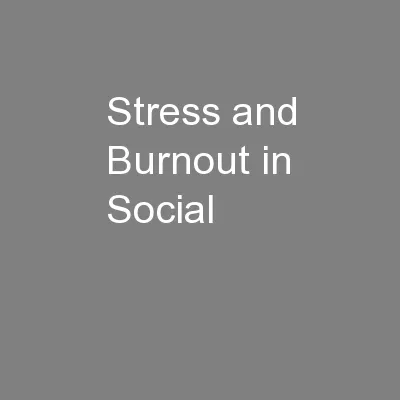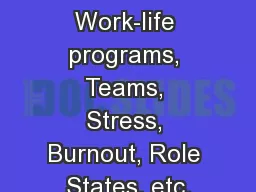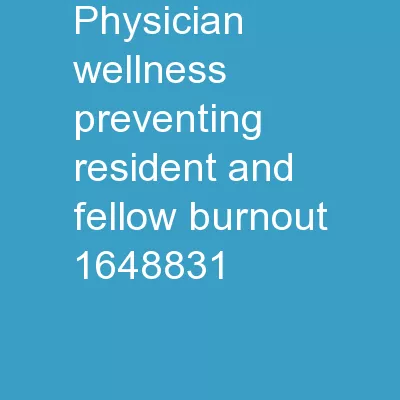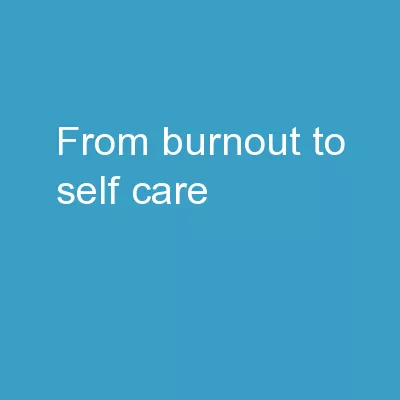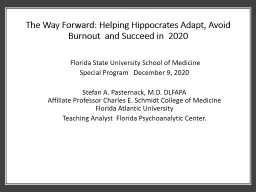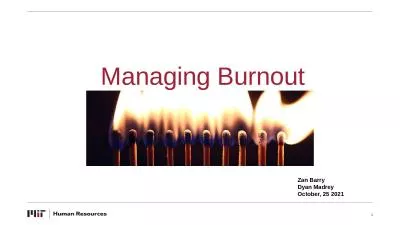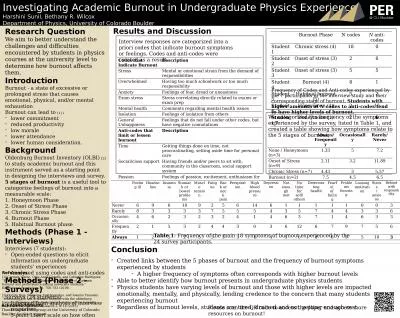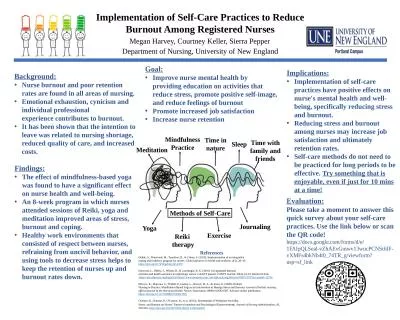PPT-Stress and Burnout in Social
Author : liane-varnes | Published Date : 2016-03-18
W ork Research Summary Dr Martin Webber Anniversary Reader in Social Work International Centre for Mental Health Social Research In the news International Centre
Presentation Embed Code
Download Presentation
Download Presentation The PPT/PDF document "Stress and Burnout in Social" is the property of its rightful owner. Permission is granted to download and print the materials on this website for personal, non-commercial use only, and to display it on your personal computer provided you do not modify the materials and that you retain all copyright notices contained in the materials. By downloading content from our website, you accept the terms of this agreement.
Stress and Burnout in Social: Transcript
Download Rules Of Document
"Stress and Burnout in Social"The content belongs to its owner. You may download and print it for personal use, without modification, and keep all copyright notices. By downloading, you agree to these terms.
Related Documents

